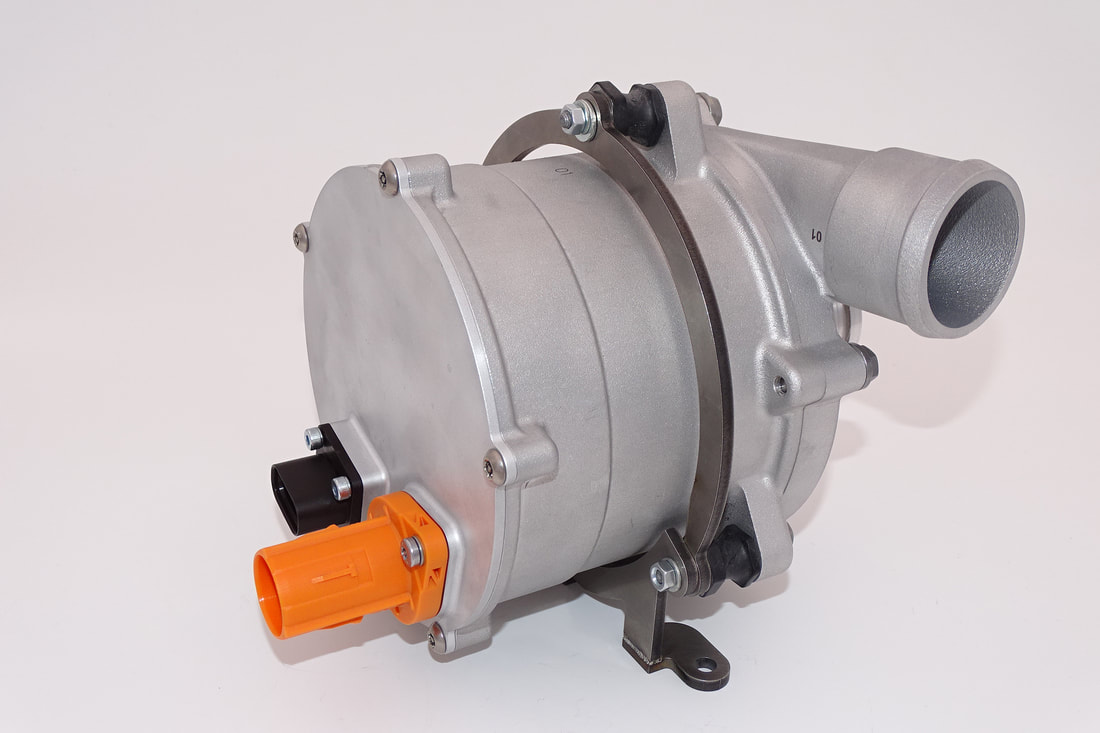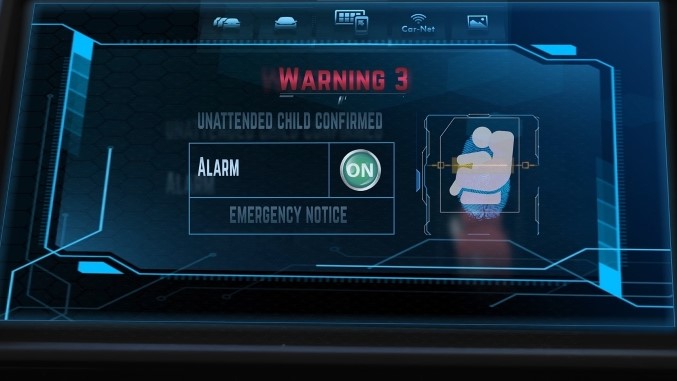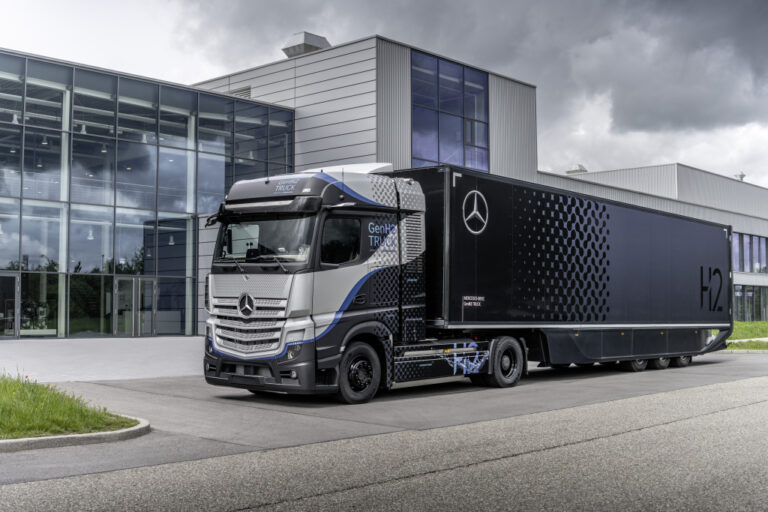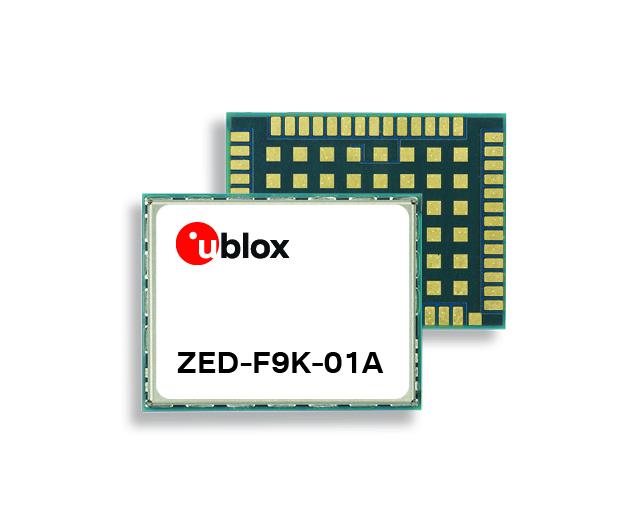Pierburg GmbH, a subsidiary of Rheinmetall Automotive AG, is applying its accumulated combustion engine expertise in pumps and valves to offer special products for fuel-cell vehicles. In addition to a leak-free control valve that is suitable for the specific requirements of fuel cells, two other products have been developed and occupy a special position in the market to date: a coolant pump and a hydrogen recirculation blower. Both are suitable for both low-voltage and high-voltage vehicle electrical systems with 400 and 800 volts.
The control valve, MPV (Multi Purpose Valve) for short, has a particularly compact package with low weight and is suitable for use on the cathode side of the fuel cell. It is resistant to de-ionized water and hydrogen and allows proportional and precise control. It combines low leakage with a high flow rate and low pressure loss at the same time. The valve operates as an air diverting or bypass valve for the air compressor or can be used as a pressure control valve as well as an isolation valve or shut-off valve for the fuel cell stack.
In addition to the proven pumps for 12 to 48 volts which have been in series production for a long time, coolant pumps have now been specially developed for fuel-cell applications, which are suitable for 400 volts or alternatively for up to 800 volts. These high-voltage coolant pumps are driven by a brushless EC motor with sensorless control. They are equipped with LIN / CAN bus communication and corresponding diagnostic functions. The pumps are rated for up to 2.2 kilowatts. They are suitable for use with de-ionized water and various coolants.
Fuel cell systems have a recirculation system for unused hydrogen on the anode side. An active blower is often used for this purpose, which must function safely and efficiently even at high concentrations of hydrogen. To ensure this, Pierburg has developed a hydrogen recirculation blower (HRB) based on a side-channel blower and without dynamic sealing elements to ensure ultimate hydrogen tightness over lifetime. The hydrogen recirculation blower is available in both high- and low-voltage variants. The blower can start from cold and has excellent NVH characteristics. It has a rating of 0.7 to 2 kilowatts or up to 400 watts in the low-voltage version. It is driven by a brushless motor with sensorless control; LIN / CAN bus communication and diagnostic functions are also available.





